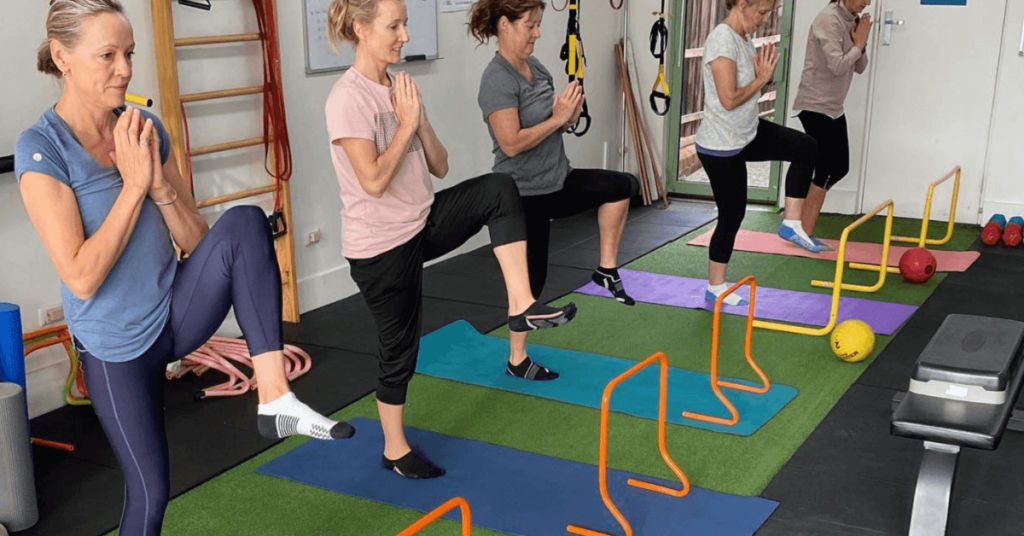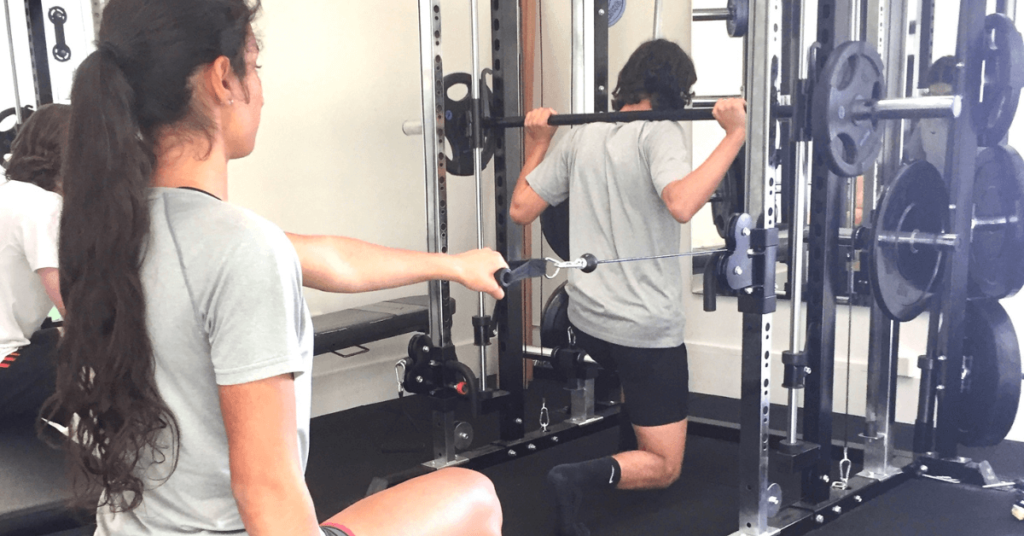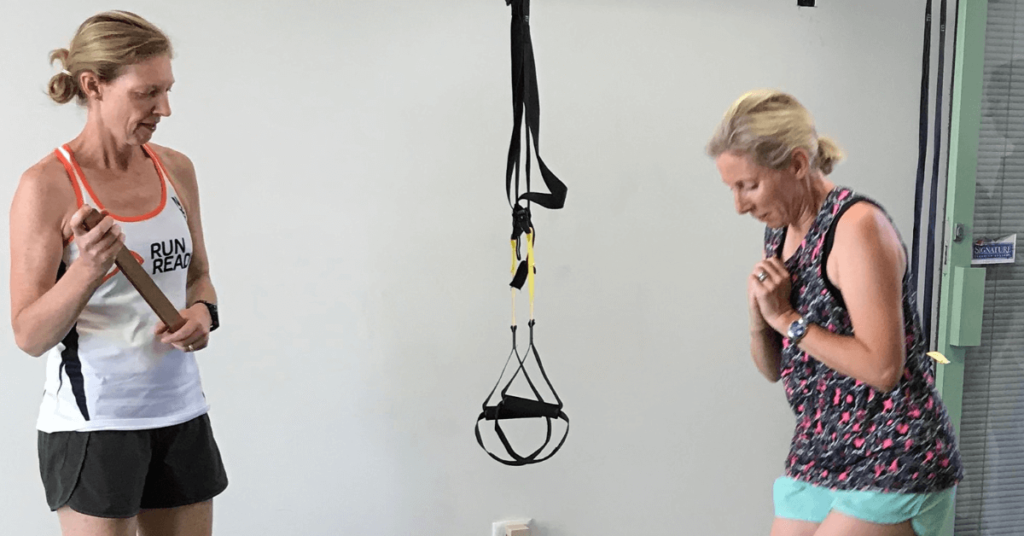Best Strength Exercises for Women
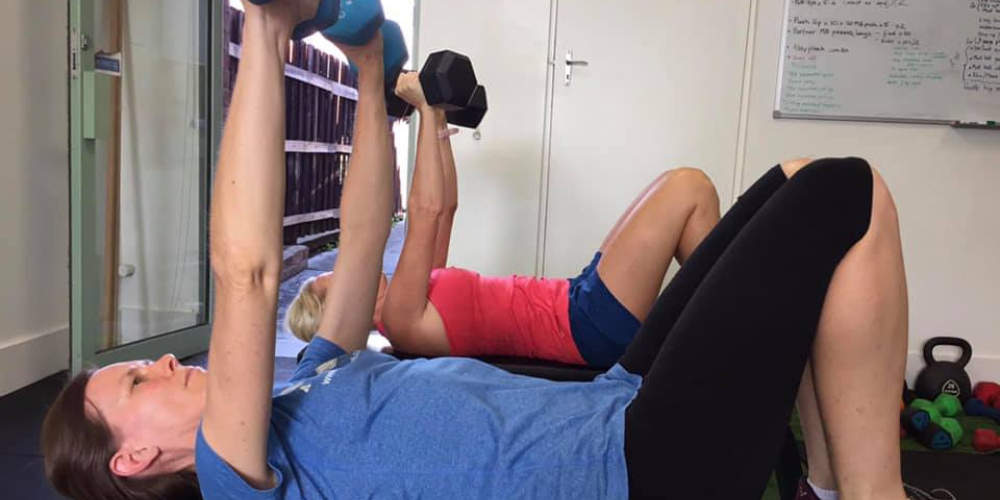
Being a woman of the times is never easy. We must adapt to the ever-changing world and the equalisation of gender roles. The same applies to exercise. Females can achieve a similar degree of fitness to that of males, but it will never be the same. The physical makeup of males and women differs. Men and women not only have distinct hormone levels, but also extremely varied amounts of muscle and fat in their bodies. So, ladies, w orkout for yourself, taking into account your gender, body mass, and desired outcome. Here are some tried and tested strength exercises to mix in your daily workouts to get you fit in no time!
What is Women Strength Training?
There is a misconception that low-intensity exercises produce no results. Overemphasis is placed on cardiovascular exercise, machines, treadmills, bicycles, and light loads, while strength training, which will provide superior physiological adaptations for increasing women’s functional capacity, is given inadequate attention. Among the many methods of combating the effects of time, strength training ranks among the highest. With one exception, there are no differences in strength training for men and women. Because their hormone levels are often higher than men’s, women frequently recover from weight training more rapidly. Resistance bands, your body weight, dumbbells, and other weights may all be used to build muscle, strength, and stamina through various resistance training routines. Adding a slight resistance to your workout makes you stronger and offers many other health benefits, especially for women. We are listing the best strength exercises that women can do in the comfort of their homes or yards to achieve all their fitness goals.
Top 5 Strength Exercises for Women
You might be shocked to hear that the most effective strength training routines for men and women are similar, if not the same. Adding strength training to your routines can be beneficial, but you may be unsure what exercises to include. The essential exercises to concentrate on are compound workouts since they provide the most significant return on your time investment. They work out more than one muscle fibre simultaneously and usually involve two or more joints. Your metabolic reaction will be more significant, and you’ll grow stronger as you train more muscle fibres at once. Many of these workouts may be performed without any expensive equipment. You should be all set as long as you have a chair and a set of hand weights. Although a carpeted floor also works, a mat might make things more pleasant.
Push-ups
Upper-body strength is one thing that most women aspire to get better at. Push-ups are a good bodyweight workout that may help build upper body, core strength, and endurance. Your biceps, shoulders, lats, chest, abs, and obliques are all worked out during this workout.
Planks
The plank is an excellent workout that is well worth the time it takes to learn. It works your core and glutes, back, quads, shoulders, biceps, and triceps, some of the body’s most prominent muscular groups. As they put your body under stress for as long as you want, static planks, such as the high, forearm, and side planks, are excellent for developing strength. The plank is a straightforward exercise that may be made more accessible or challenging based on your fitness level and competence. Because of this, planking is one of the best strength-building workouts for women.
Pull-ups
Even amongst hard-training female athletes, the pull-up remains a rarity. Why? A straightforward explanation is that women generally have more upper-body strength than lower-body strength, in contrast to males. When working the upper body, few exercises can compare to the pull-up. It is a whole upper body exercise. With each rep, this exercise strengthens, sculpts, and tones your whole upper body (arms, shoulders, back, lats, core, waist, etc.) by working your back, arm, abdominal, and shoulder muscles.
Lunges
Lunges are a great bodyweight workout to improve your athletic ability and general fitness. Lunges, in particular, are widely practised because of their positive effects on strength, mobility, and equilibrium. To perform a lunge, one leg must be positioned forwards with the foot flat and the knee bent, while the other must be positioned behind to help the participant maintain balance. You become unbalanced due to using only one side of your body, which forces your body to compensate to prevent falling. You exercise the muscles that keep you balanced by doing this.
Dumbell Rows
Women who want to build back strength or tone might be tempted to continue with more straightforward back exercises like the seated row or lat pulldown. However, because you do these exercises while seated, they are only mildly effective. To perform a barbell row, you must maintain an isometric hold in a squat position while pulling the barbell to your chest, which places additional strain on your abdominal muscles and lower body. For women, this exercise has various advantages, including strength, endurance, and support for bone density.
Is there a difference in men and women training?
It’s no secret that males and females have quite distinct physiologies. This is especially evident when discussing anatomy and hormones, two factors that have a role in achieving particular health and fitness objectives. Men and women should approach fitness training differently for this reason.
- Men and women have different fitness objectives
- Men and women are physiologically distinct
- Men and women train differently according to their physiology
- Nutritional requirements may vary
Finding a female personal trainer near me or any personal fitness coach can help me design a training program that fits my needs as a woman.
Can women workout during their period?
It may seem counterproductive to exercise while on your period, but it can help reduce menstruation discomfort. Other health advantages of exercise include better mood, less menstrual cramps, and less weariness. While on their period, people may need to modify their typical exercise programme, but continuing to be active can be beneficial. What you decide to do ultimately depends on how you feel and yourself. Reduce the intensity of your workouts if you decide to exercise while on your period and are experiencing low energy.
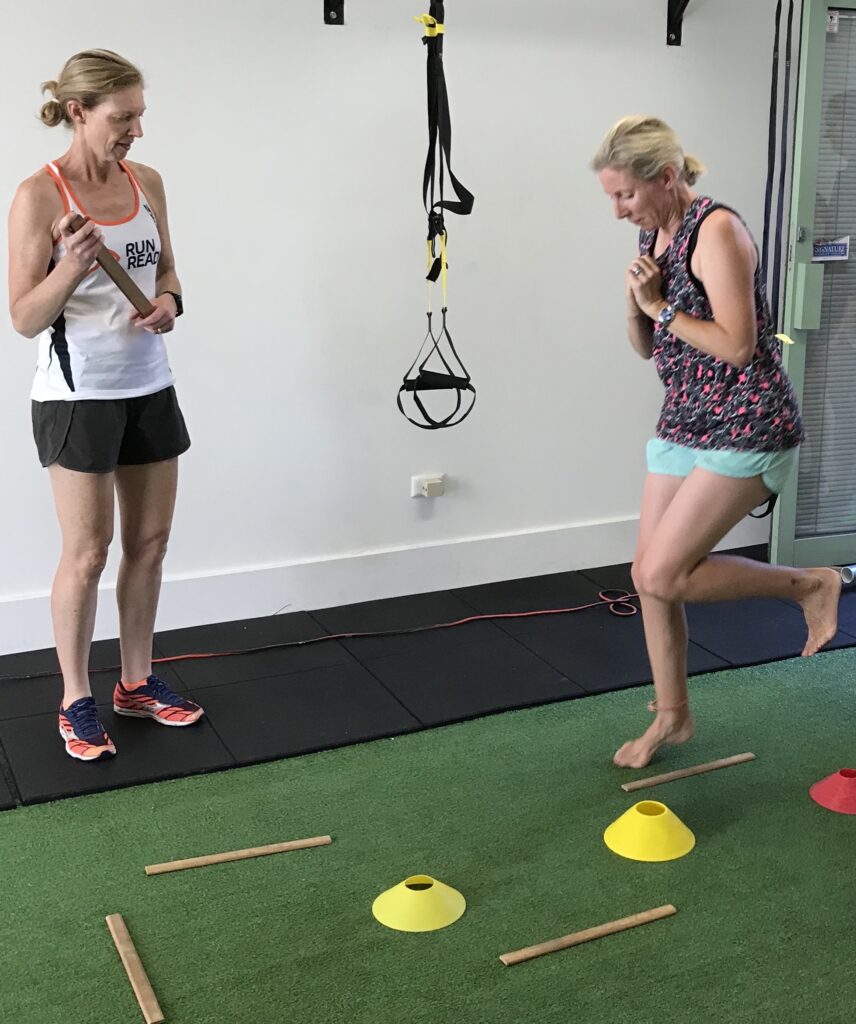
The minimal quantity of exercise necessary for health benefits is specified in Australia’s Physical Activity and Sedentary Behaviour Guidelines (Department of Health 2019). Adults ages 18 to 64 are advised to do a weekly total of 75 to 150 minutes (1.25 to 2.5 hours) of vigourous exercise, or a comparable combination of both moderate and vigorous activity, or 150 to 300 minutes (2.5 to 5) of moderate activity. Plus, women should perform muscle-strengthening exercises at least twice a week.
Among Victorian women, 41% feel ashamed to work out in public as opposed to 26% of males according to www.vichealth.vic.gov.au


